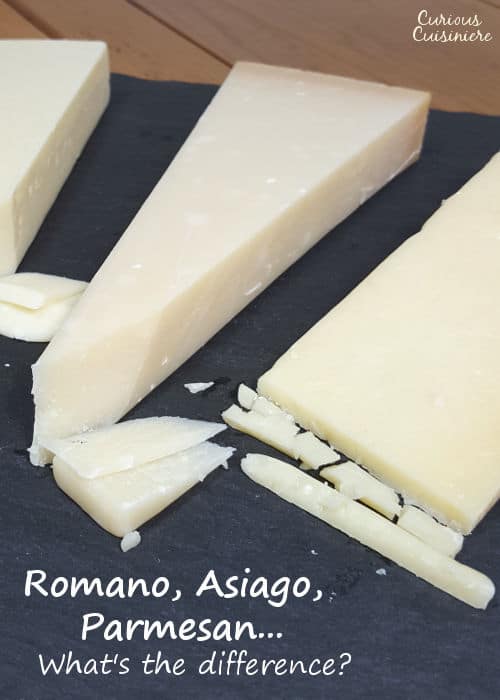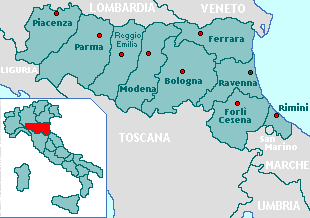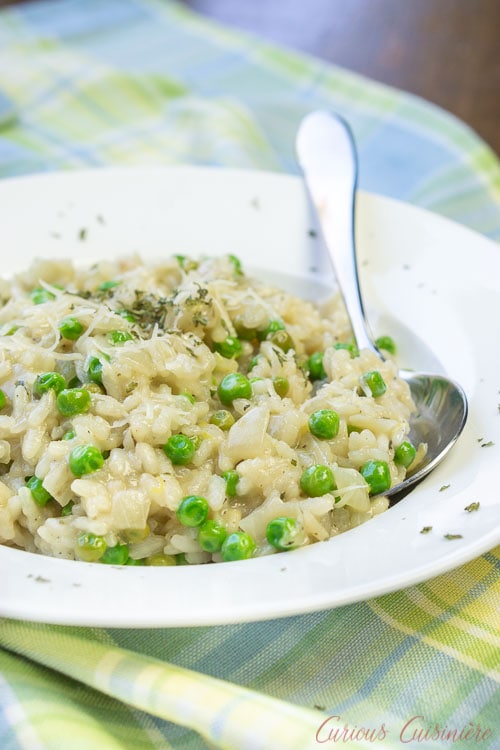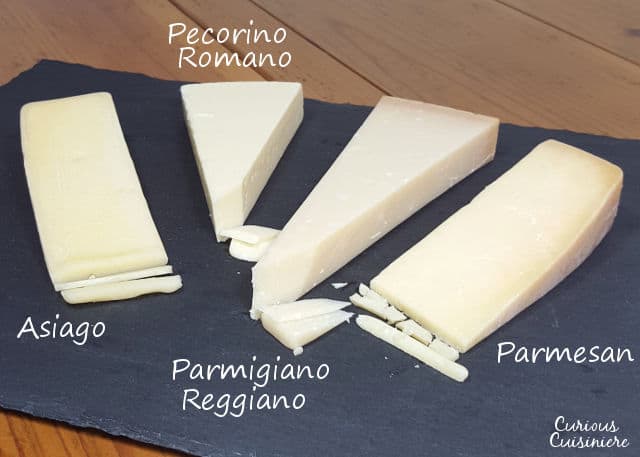What Kind of Cheese Can I Substitute for Asiago
If you're trying to decide which cheese to grate on your spaghetti, Parmesan, Romano, and Asiago cheese can all look incredibly similar. So, we've broken down the differences among these three types of Italian cheese.
 Getting to know Italian cheese
Getting to know Italian cheese
Like wine in France and beer in Germany, cheese in Italy follows incredibly specific rules and restrictions. From the cheese making process, to who can product it, to the region it can be made in, each cheese is held to an incredibly high standard.
The unfortunate thing, particularly here in the States, is that we have lost much of the appreciation of that careful art of Italian cheese.
Maybe it was due to the initial difficulty and expense of importing quality cheese that caused American cheese-makers to start imitating and adapting those much-loved cheeses to what they could create in the New World. But, for whatever reason, our cheese industry has us believing that Parmesan and Romano are authentic Italian cheeses, and that they should come pre-grated out of a plastic container.
Now that we have that out of the way, let's get started.
If you are ready to really experience some mind blowing cheeses, clear your mind and forget everything you thought you knew about the cheese you might reach for to sprinkle on your spaghetti.
Pecorino Romano: Sharp and Robust
Instead of thinking Romano, think Pecorino.
Pecorino Romano is a sheep's milk cheese ('pecora' is the Italian word for sheep) that is typically aged for 8 months to 1 year.
It is not specific to a particular region, so you will find differences in Pecorino depending on the region it comes from (for example, Pecorino Toscano is from Tuscany and Pecorino Sardo is from Sardinia). While it is not regionally specific, Pecorino is most commonly found in central and southern Italy.
Pecorino Romano has a bit of a sharper and saltier taste than Parmesan, making it excellent for grating on pasta, soup, or salad. Its flavor also stands out nicely in a pesto.
Pecorino Toscano and Pecorino Sardo are a bit less salty than Pecorino Romano and are great for eating alone or on a sandwich.
Parmigiano Reggiano: Subtle and Dry
Instead of thinking Parmesan, think Parmigiano Reggiano.
All Permigiano Reggiano is Parmesan, but not all Parmesan is Parmigiano Reggiano.
Confused?
Parmigiano Reggiano is made in the provinces of Parma or Reggio Emilia in north-central Italy.

The Emilia Romagna region in Italy. Parma and Reggio Emilia are provinces to the West of this region. Photo credit: www.enchantingitaly.com/regions/emilia
Parmigiano Reggiano is a cow's milk cheese, and in these regions it is under extremely strict regulations. (We're talking cheese-makers with a minimum of 10 years of apprenticeships and only copper kettles used to heat the milk.)
In the European Union, it is illegal to call any cheese Parmesan that is not Parmigiano Reggiano, since Parmesan is the translation of Parmigiano.
In the States and other parts of the world, however, it is legal to use the term Parmesan for any cheese that is similar to Parmigiano Reggiano.
Parmigiano Reggiano is a rich, nutty cheese with a flaky texture. This hard cheese that has been aged 1-2 years.
It is perfect for using in pasta and risotto, but will give any dish a wonderful burst of flavor. It is heavenly when baked into French cheese puffs.
Asiago: Nutty and Creamy
Asiago is cow's milk cheese from the northeastern region of Italy. It is considered a mountain or Alpine cheese and can vary in flavor depending on its aging.
Fresh Asiago cheese (Asiago Pressato) is semi-soft and mild flavored. Aged Asiago (Asiago D'Allevo) falls in categories of aging at 2 months, 3 months, and at least 9 months. The longer it is aged, the more firm, dry, and sharp it will be.
Asiago cheese has a very sweet and nutty flavor. It is wonderful for eating alone, particularly the younger Asiagos.

We love the way the robust flavor of Asiago cheese complements the spring flavors in our Spring Pea risotto.
Aged Asiago has a more intense, nutty flavor that is tasty grated on pasta and salad. It also works wonderfully in a lightly flavored risotto.
How To Choose Authentic Cheese
If you truly want to experience the amazing flavor of these Italian cheeses here are few tips to choosing your cheese:
1. Shape: ALWAYS choose cheese that is in a wedge. The cheese will be fresher and grating it yourself releases incredible aromas.
2. Stamp of Approval: Look for cheeses that have stamped rinds or seals printed on their label. These marks are usually the sign that the cheese has been approved to meet some quality standard. (Remember how strict the Italians are about their cheese!)
3. Location: Look for regional names. That way you know your cheese is actually coming from Italy and probably from a trusted region.
4. Age: If you are unsure of the flavor, remember to look for how long the cheese has been aged. No aging will be the most mild and creamy. Aging for a year (or more) will produce a hard and sharp cheese.
Do you have a favorite Italian cheese? We'd love to hear about it!

Sarah is one of Curious Cuisiniere's founding duo. Her love for cultural cuisines was instilled early by her French Canadian Grandmother. Her experience in the kitchen and in recipe development comes from years working in professional kitchens. She has traveled extensively and enjoys bringing the flavors of her travels back to create easy-to-make recipes.
What Kind of Cheese Can I Substitute for Asiago
Source: https://www.curiouscuisiniere.com/parmesan-romano-asiago-cheese/

0 Response to "What Kind of Cheese Can I Substitute for Asiago"
Post a Comment